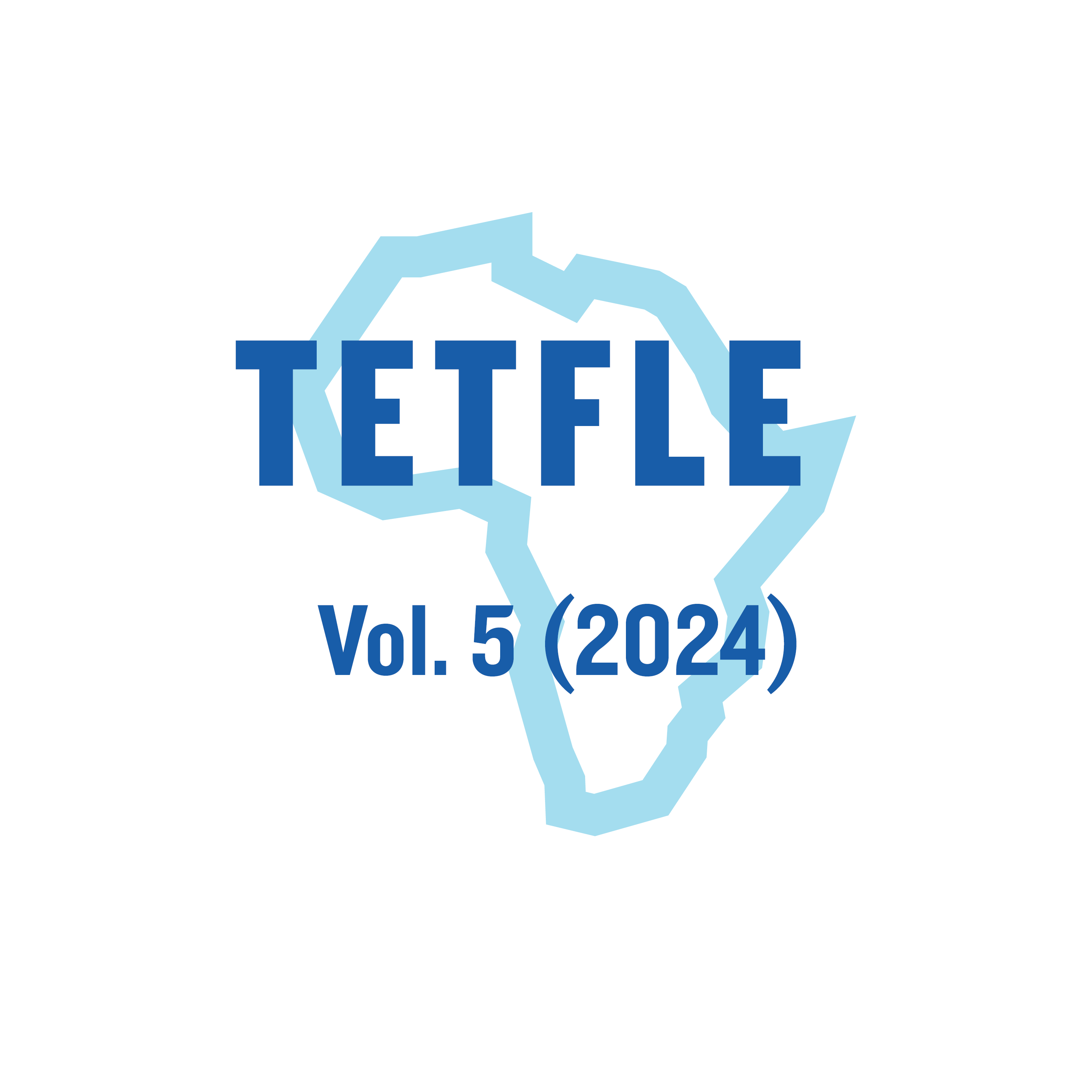Academics in International Branch Campuses’ Perceptions of Professional Development and Distance Education in Enhancing their Capacity
DOI:
https://doi.org/10.35293/tetfle.v5i1.4540Keywords:
teacher education, distance learning, transnational education, technology, professional development, university lecturers, international branch campusesAbstract
The number of international branch campuses (IBCs), denoting universities offering academic programmes and granting credentials from foreign educational institutions, has been on the rise. Consequently, there is an increasing demand to undertake comprehensive investigations into these entities, as the contextual factors surrounding IBCs wield considerable influence over programme efficacy and overall institutional well-being. This paper adopts an analytical approach to scrutinise the perspectives of forty academic professionals engaged in IBCs concerning the concept of continuous professional development (CPD) and the role of technology in facilitating it for educators working within the host country. This analysis is grounded in the foundational assumptions that educators in transnational educational settings must cultivate proficiency across a broader spectrum of professional domains compared to their peers teaching within domestic universities (Tran et al. 2021). The findings of this study reveal a consensus on the paramount significance of professional development among the surveyed individuals. However, despite the acknowledged importance of technological proficiency, nearly half of the participants still manifest a preference for traditional face-to-face learning modalities for their CPD, with the selection contingent upon the subject matter under consideration.
Downloads
Published
Issue
Section
License
Copyright (c) 2024 Mandana Arfa-Kaboodvand, Liliya Makovskaya, Saida Akbarova, Saida Rajabzade

This work is licensed under a Creative Commons Attribution-NonCommercial-ShareAlike 4.0 International License.

Authors who publish with this journal agree to the following terms:
Authors retain full copyright and grant the journal right of first publication with the work simultaneously licensed under the Creative Commons Attribution Share-alike 4.0 International License This license lets others remix, adapt, and build upon authors' work non-commercially, as long as they credit the author and license their new creations under the identical terms that allows others to share the work with an acknowledgement of the work's authorship and initial publication in this journal.


